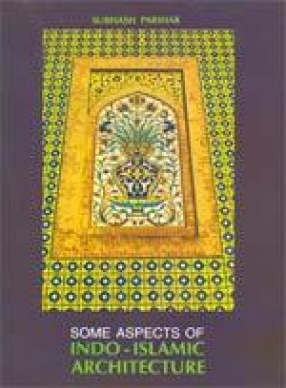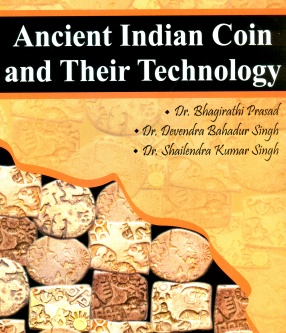Hampi, the ancient Pampa-tirtha, became the seat of political power of the Sangamas in 1346 A. D. Under Bukka I, a new capital city, Vijayanagara was founded. Under him and his successors, particularly the Tuluva rulers the city grew in size into a vast metropolis with the addition of a number of new suburbs, which developed around big temples. Under the Tuluvas, the capital developed rapidly into a beautiful and prosperous city. Krsnadevaraya was responsible for the creation and development of a few suburbs. Krsnapura was among those suburbs developed by Krsnadevaraya. The temple of Balakrsna, also called Krsnasvami, is located in the Krsnapura suburb of the capital city. After Krsnadevaraya the city was further developed by his successor Acyutaraya. The Acyutaraya temple was constructed by one of the Sakalaraju brothers. In the other
suburb, the big temple of Pattabhirama was built which become a landmark in the Varadaji Ammanavara Pattana.
These three temples at Hampi are the best examples of Vijayanagara art and architecture. The present book aims to study the architectural, sculptural and iconographical aspects of these temples.

Vijayanagara Temples
In stock
Free & Quick Delivery Worldwide
reviews
Bibliographic information
Title
Vijayanagara Temples
Author
Edition
1st ed.
Publisher
ISBN
8185694338
Length
x+182p., Figures; Plates; Glossary; BIbliography; 29cm.
Subjects



There are no reviews yet.